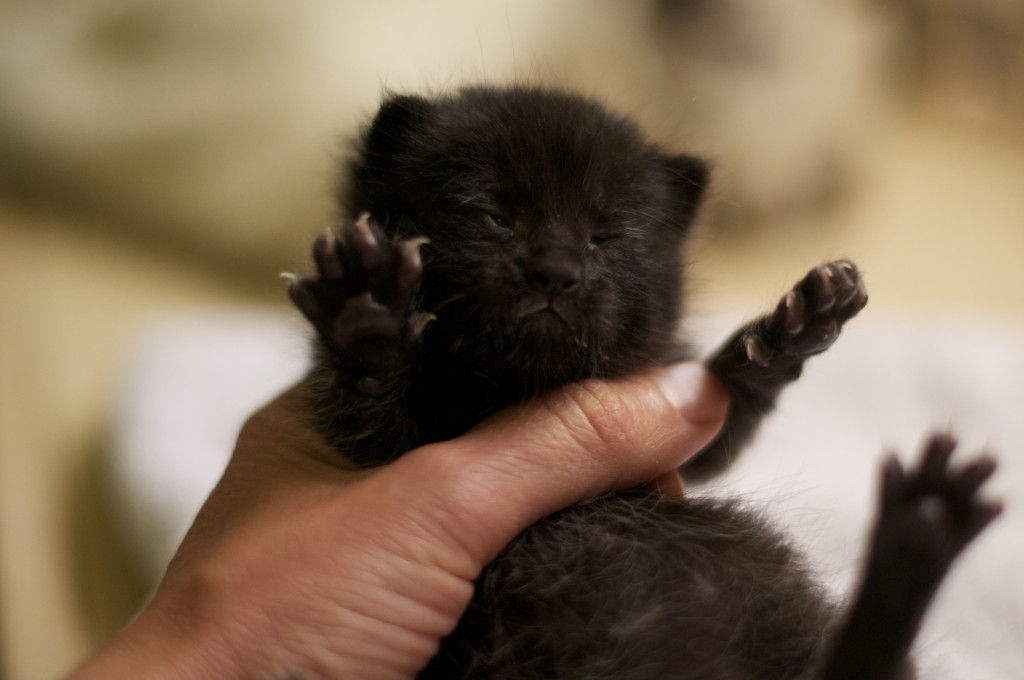Happy spring! It’s time for flowers and kittens. We are starting a study to explore the development of the microbiome in neonatal kittens. Because what’s cuter than kittens? This project is partially an outreach project to get people who already love kittens excited about microbes and how the microbiome can be shaped by the environment. Here’s our preliminary website: The Kitten Microbiome Project.
A few months ago, we applied for approval from our University’s Institutional Animal Care and Use Committee (IACUC) for this study. Recently we decided that in addition to exploring the contribution of the environment to the kitten microbiome (and vice-versa), we would like to collect some samples from the human caregivers. And so I contacted our Institutional Review Board (IRB) to see about getting project approval. The prospect of navigating this process makes me anxious and because I might not be the only one to feel this way, I thought that it might be useful to document the process of applying for IRB approval. I am also very interested in citizen science and some of this requires IRB approval (page 6 of the Investigator Manual discusses “community-based participatory research”).
As I learn to navigate this bureaucracy, I would love to hear from any of you if you have advice or war stories to share.
The contact person for general questions about the IRB responded promptly to my initial email asking if I needed IRB approval and where to start. He directed me to a university web site housing many e-documents. It all seems impenetrable at first but works well enough once you know which documents you need. It seems that I need to fill out three documents: HRP-211, HRP-226, and HRP 503. I can also consult document HRP-103, a 39 page investigator manual for more information.
HRB-226 is a one pager where you just fill in the project title, your name, and contact information. This needs to be signed by our department chair. HRP-211 is an application for initial review, where we list the funding sources, personnel involved, declare any financial or other conflicts of interests, and state whether stem cells, cancer patients, or recombinant DNA are involved, and needs to be signed by the PI. On page four, you have to list all external sites to be included in the study. I don’t know if I am supposed to list all the places where the kittens will be housed here and I don’t know that yet. Still these two forms were relatively quick and easy. Buoyed by leaping these small hurtles, I tackled HRP-503, the Investigator Protocol that is fifteen pages and takes some time to complete, even if you have a well thought out study design already completed. I am deep into this at the moment and rapidly abandoned my wishful hopes of finishing it quickly.
And for those of you who made it all the way down here, here is a neonatal kitten who is ten days old:

Hi Holly:
One quick comment (that comes more from your title than the content). You don’t need IRB approval to collect samples from buildings. I have had this discussion with many IRBs and they all say the same thing: it is only when you get to collecting data from human occupants that you need to get approval.
Take care,
Jeff
Thanks so much for the helpful comment. I am glad to know that because it is confusing. Also I wanted to ask people questions about how they care for their cats and our office said that you need IRB approval for that. And I’d like to swab hands but now I’m thinking that swabbing a cell phone would be even better (based on the nice work of Meadows et al.).